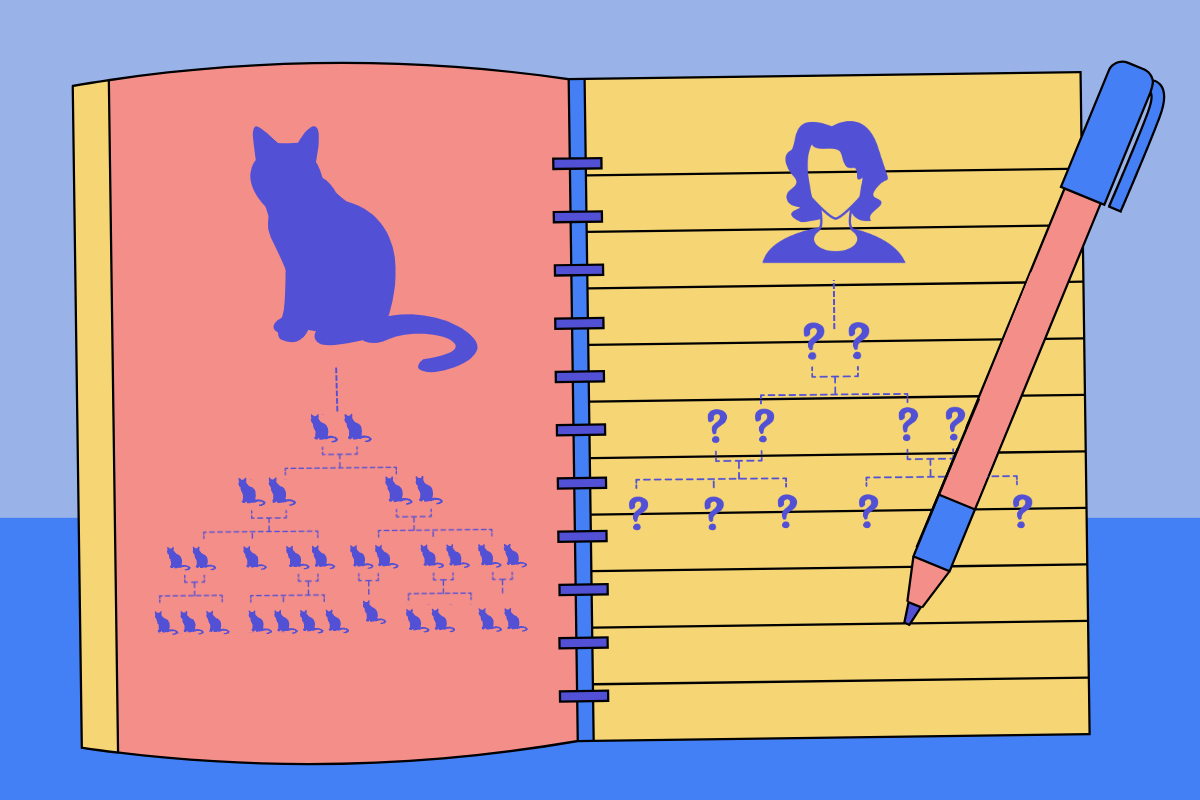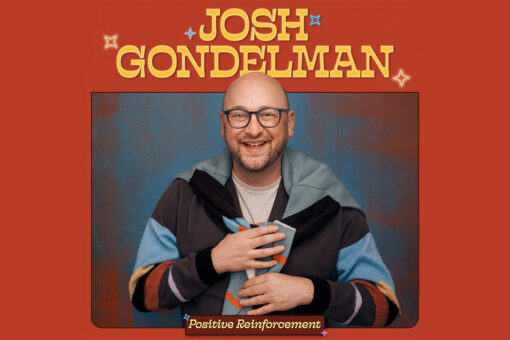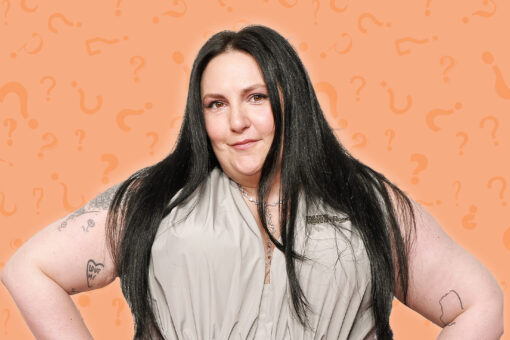I grew up in a Polish Catholic household that was full of pets: guinea pigs in the kitchen, rabbits, turtles, goldfish, plus cats and kittens everywhere. All my friends had four feet, with fuzzy faces or scales. I never lacked for love, attention or a cuddle.
So when I finally moved into my own bachelorette pad, I had to keep up the tradition. A pair of ginger kittens soon became my roommates.
My cats were half-Burmese, half-barncat, freebies from an office colleague whose wife was a cat breeder. It was my first time owning any kind of Burmese, and I fell headlong in love. Felix and Orlando were unlike the sweet but blasé moggie cats I’d previously known — they played fetch, walked on a harness, greeted total strangers at the door and brazenly stole my morning muffins.
The summer the cats turned 6, I was 34. My parents split up, and in the fallout, I discovered that my mother was a Holocaust survivor.
I felt like I’d stepped on a land mine.
I tried to pick up the pieces and make sense of it all. Up until then, I’d believed both my parents were born Catholic. But no — only my father was Catholic. My mother was Jewish, and had converted to Catholicism after the second world war.
Even though I was raised believing in Jesus, Judaism is matrilineal. If my mother was Jewish, so was I. My parents had baptized a Jewish baby — and sent that Jewish child to communion, to meet the Polish pope, the whole megillah (story).
I was blindsided. Yet my parents hotly denied everything and swore that I was, at best, only half Jewish. Since my mother had converted to Catholicism, she insisted it didn’t count.
Only Felix and Orlando offered consolation. I would bury my head in their silky, musky fur and sob.
I didn’t know what to make of this motley Jewish pedigree. Just how Jewish was I?
Like many immigrants, I had grown up without grandparents, uncles, aunts or cousins. I wondered about my ancestors and what traditions and rituals they had observed. It was only natural to start doing my genealogy.
Then I lost Felix, my closest ally. I knew the only worthy successor would be a real, honest-to-goodness Burmese cat. My first Burmese was a tiny fireplug of a cat with a sleek pelt of buff, ginger and sable. Witnessing her imperious attitude, I could see why Burmese cats were worshipped in ancient Burma (today’s Myanmar). She would jump on my shoulder like a parrot and quickly became my shadow.
Mimi’s five generations were barely contained on an Excel spreadsheet, and I could trace her lineage back to her great grandparents — which is more than I could say for myself. But if my cat could have a family tree, dammit, so could I.
Mimi nurtured me during those dark times when I fought with my parents about my convoluted Jewish heritage. I found comfort in her husky purr and the velvety slope between her pert ears. She became my confidante, my familiar, as I became obsessed with sleuthing out my Jewish mishpacha (family).
Slowly, I dragged some facts out of my reluctant mother. Her real name was Dorota Milstein; I had only known her as Joanna Lagowski. She had survived the Holocaust under a gentile alias, Joanna Litniowska, and had kept the first name as a token of good luck. My grandparents were Maurycy and Bronislawa Milstein. Tragically, they had been murdered in the Holocaust. But Maurycy had 11 siblings, and that’s where I started to look.
With Mimi’s reassuring warmth snuggled into my side, I delved deeply into Ancestry.com, Jewishgen.org, Yad Vashem, the Arolsen Archives and other genealogy sites. Over and over again, I typed in “Milstein.”
I would look at my well-bred Mimi with her bright green-gold gaze and wonder if I’d ever be able to track down my roots. I needed to know where I came from to understand who I was. As I boned up on Judaism, Mimi would sprawl, velvet belly up, across my keyboard. She made me laugh, and she was there for me when I cried. My cheeky monkey was comfortable in her own skin. How long would that take for me?
It took me four years, but I’ve now got a pedigree to rival Mimi’s. It’s sprawled across four Excel spreadsheets, going back to my great-great-great grandfather Izaak Milstein in 1787. Miraculously, I’ve found cousins! I’ve put names and places to those who died in the Holocaust, and light candles for them regularly. There are yarzheit plaques at the synagogue where I attend services for my mother and my grandparents and all those aunts, uncles and cousins I never got to know.
But I do know, according to ancient laws, that I am a Jew. Finally, I do feel comfortable in my skin as a Jew. How much did Mimi have to do with it? Maybe less than I’d like to think. Still, there’s no doubt that looking at her detailed ancestry sparked something in me.



